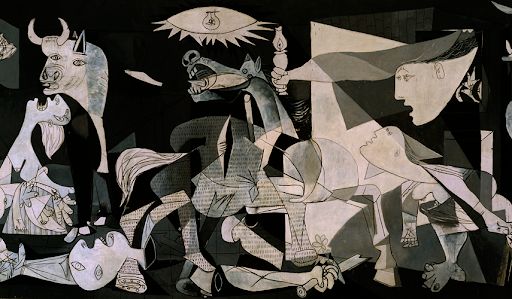
Explore the vibrant and expressive world of painting with Amruta, where colors burst forth with passion and each stroke of the brush tells a unique story. With a deep-seated love for hues, strokes, and canvases, Amruta finds boundless joy and fulfillment in translating her vivid imagination into captivating works of art.




